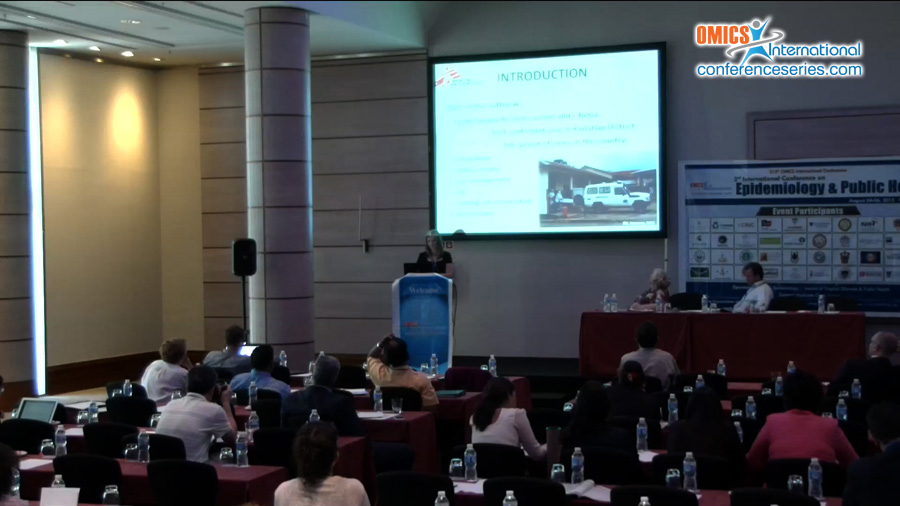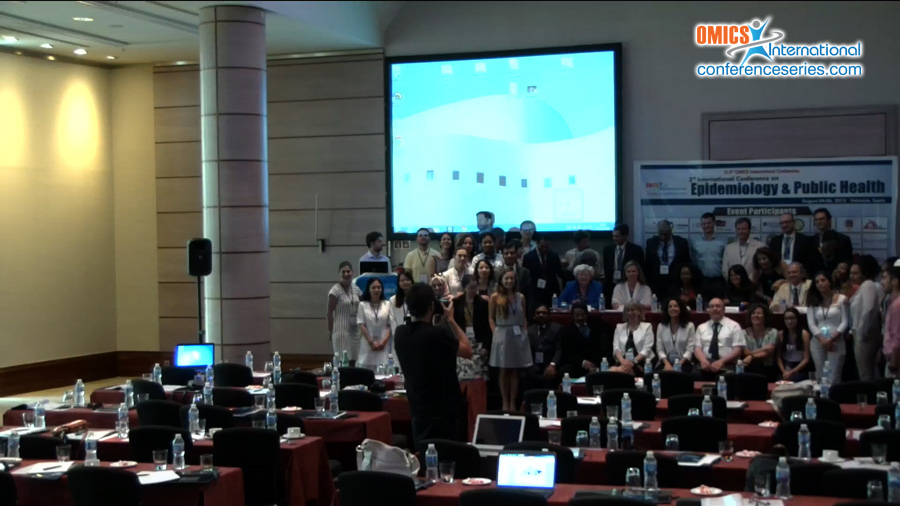
Veerle Hermans
Médecins Sans Frontières, France
Title: Always two steps behind: Surveillance and chains of transmission during the Ebola outbreak in Bo, Sierra Leone, 2014
Biography
Biography: Veerle Hermans
Abstract
Sierra Leone is the worst affected Ebola country housing almost half of all cases. Since April 2003 Médecins Sans Frontières (MSF) was managing a secondary level paediatric and obstetric emergency hospital near Bo Town, an economic hub in Sierra Leone. Close collaboration existed with the Ministry of Health Disease Surveillance Officers prior to the outbreak. When the first positive patient was confirmed in Bo, teams immediately started following up suspects and their contacts. Here we describe the mode of transmission over time, the different geographical clusters, and the breakdown in surveillance coverage in the district following the dramatic rise in case numbers. Program data were analyzed retrospectively from the 20th of June until the 18th of October 2014. A total of 288 suspects were investigated, with 161 confirmed and 61 probable cases. On July 4th of the 35 (11%) confirmed/probable patients were admitted to an MSF Ebola Treatment Centre, whereas in October this increased to 44% (24/55). Of all confirmed/probable cases, modes of transmission could be classified as funerals (37%), unknown (30%), house hold (16%), contacts without further information (5%), hospital acquired (9%) and contact while travelling/visiting family (3%). While in July, 11% of the confirmed/probable cases had an unknown mode of transmission, this increased to 58% in October. Although preparedness was started before the first case arrived in Bo District, the control over the situation was lost due to the magnitude of the outbreak and the shortage of human resources in the field to perform surveillance related activities.


